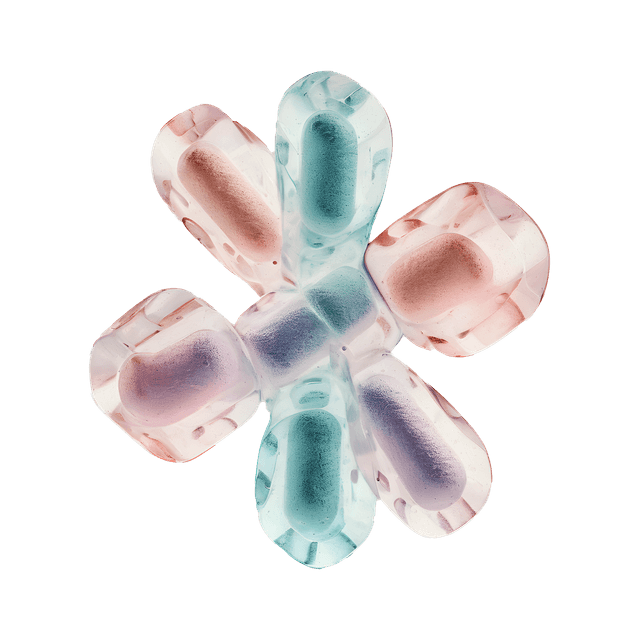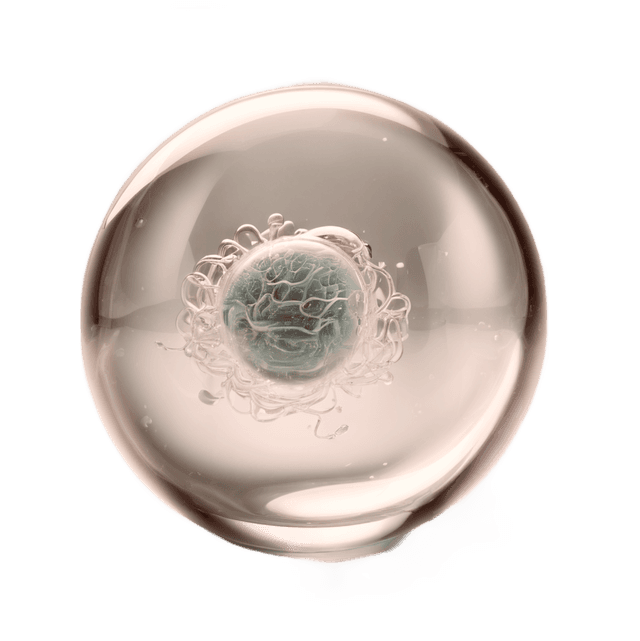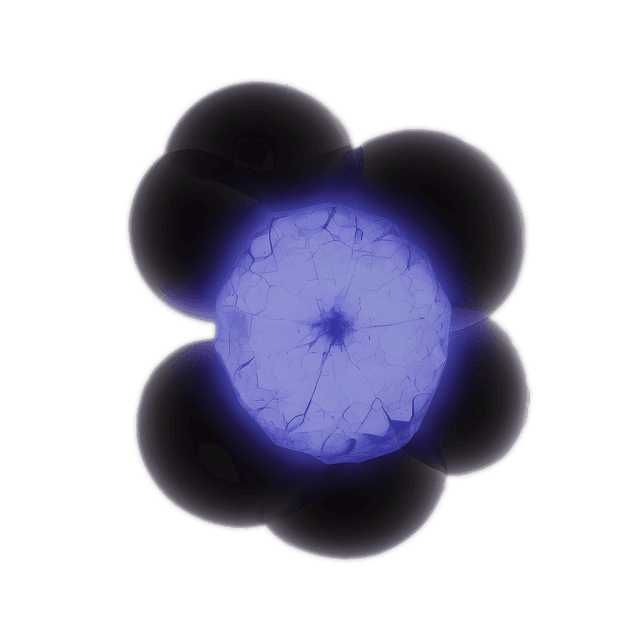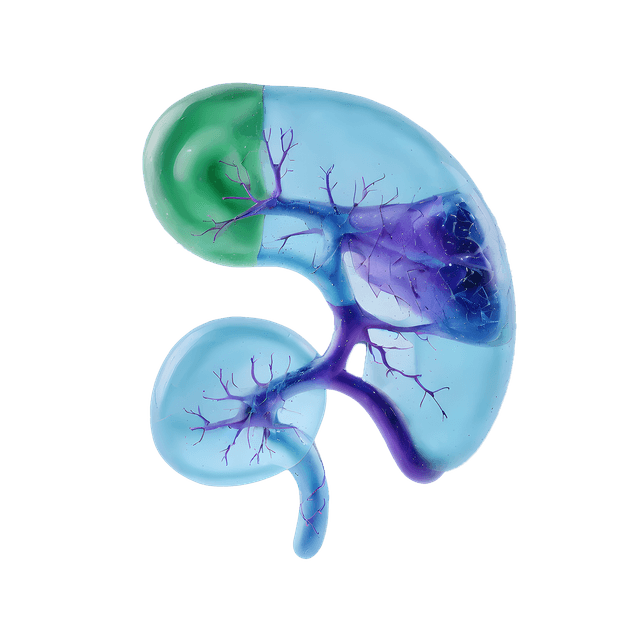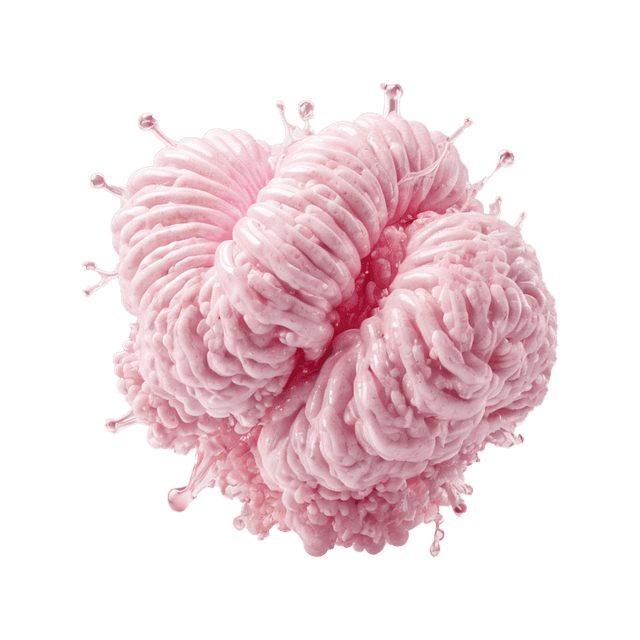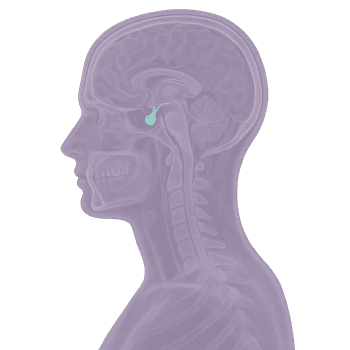Quick version
Summary
The pituitary gland is a central hormonal control gland that affects several important body functions. Diseases of the pituitary gland may cause diffuse symptoms but are important to detect early since they can affect the entire body.
- The pituitary gland is a small but crucial gland in the brain
- It regulates other endocrine glands in the body
- Common diseases include tumors and hormonal disorders
- Diagnosis is made with blood tests and MRI
- Symptoms vary depending on which hormone production is affected
What is the pituitary gland?
The pituitary gland is a gland located in the bony structure called the sella turcica at the base of the brain. The pituitary gland is as small as a pea, but plays a crucial role in regulating the body’s endocrine system by secreting hormones that affect other glands and organs.
Parts of the pituitary gland
The pituitary gland consists of two main parts: the anterior lobe (adenohypophysis) and the posterior lobe (neurohypophysis). These have different functions and produce different types of hormones.
Hormone production
The pituitary gland produces a variety of hormones, such as growth hormone (GH), thyroid-stimulating hormone (TSH), adrenocorticotropic hormone (ACTH), prolactin, as well as hormones that affect the gonads (LH and FSH).
The pituitary gland and body functions
The gland regulates functions such as growth, metabolism, reproduction, fluid balance, and the body’s response to stress. The activity of the pituitary gland is controlled by the hypothalamus, which acts as a control center in the brain. The hypothalamus registers signals from the body, and the pituitary gland then receives these signals and regulates hormones as needed.
Common conditions and diseases
Pain in the pituitary gland is rare, but various diseases can affect its function. Common conditions include tumors (adenomas), pituitary insufficiency, acromegaly, Cushing’s disease, and prolactinoma. These conditions can lead to hormonal imbalances with varying symptoms.
Examination and diagnosis
To examine the pituitary gland, blood tests, eye examinations, and magnetic resonance imaging (MRI) of the brain are often performed. Diagnosis is based on a combination of laboratory analyses and imaging.
Relevant symptoms
- Fatigue and lack of energy
- Headache and vision problems
- Weight gain or weight loss
- Irregular menstruation or infertility
- Increased thirst and frequent urination
Related conditions and diagnoses
- Pituitary tumor
- Acromegaly
- Cushing’s disease
- Diabetes insipidus
- Hypopituitarism



